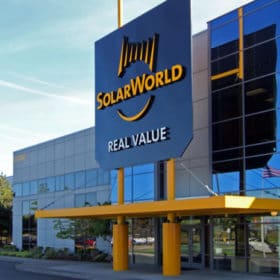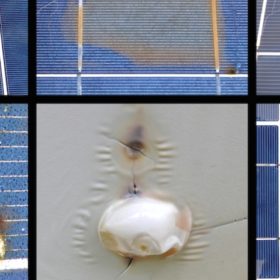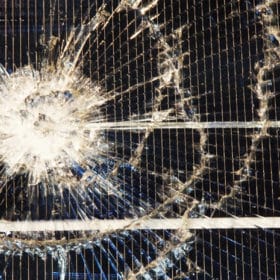SolarWorld Americas comments on duties exemptions for competitors, SunPower
Shortly before the announcement of its acquisition by SunPower, SolarWorld’s former U.S. subsidiary commented on the request by its competitors to be exempt from the new U.S. solar PV import tariffs.
Interview: SunPower pivots to more conventional cell technologies and shingled cell modules
SunPower is famous for its back-contact cells, boasting one of the industry’s most advanced technologies. Josh Moore, SunPower Director, explains why the company is now ramping up 600 MW of production for different types of front-contact cells and shingled modules. He will pitch the advantages at pv magazine’s Future PV event to be held at SPI on Tuesday September 12.
Future PV: The feasibility of solar-powered hydrogen production
There is a solid business case to combine PV plants with electrolyzers, as generation costs are low enough to competitively produce hydrogen as a fuel, says Bjørn Simonsen of NEL Hydrogen. He will speak at pv magazine’s Future PV event at SPI in Las Vegas.
Burnt out, incompatible connectors
Quality control campaign: PV panel manufacturers selling plug connectors as MC4 compatible is nothing unusual. Two operators who have installed such modules are now struggling with lost insurance coverage and fires.
Quality: Minor differences in yield percentage make the difference between good and bad investment
Changing technology, pressure to cut costs, dizzying price slumps and a number of other issues make solar module quality control as relevant as ever. The danger that modules could fail outright remains slim, so module reliability is still decisive for the success of the investment, explains George Touloupas, Director of Technology and Quality at CEA, in preparation of the 4th pv magazine Quality roundtable at SPI.
Melting backsheets, broken cells, and hotspots
Quality roundtable preparation: A case of compromised quality. An operator claims nearly 17% of the modules in his array displayed significant damage after three years. The EPC company concealed the damage from the investor until the warranty had expired. The module manufacturer responded slowly and only out of goodwill.
Poor quality planning: Shifting the blame, passing the buck
An installation company in the Midwest reports how blame was laid at their door for defective PV panels. The actual cause of the defects probably lie elsewhere.












